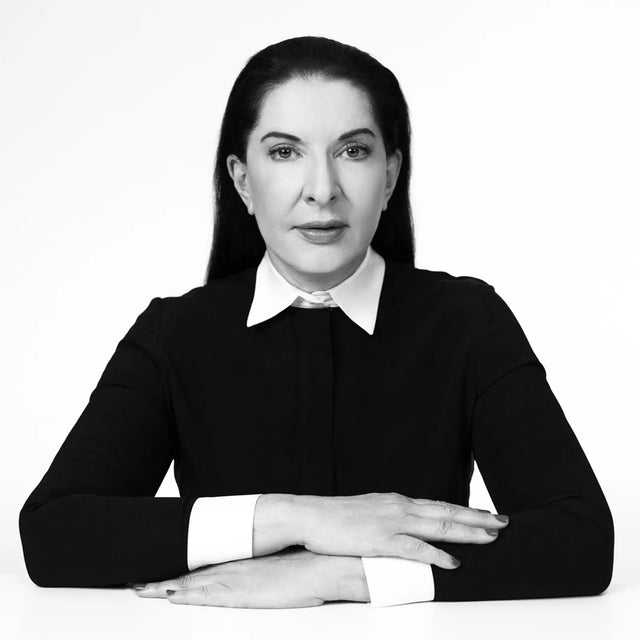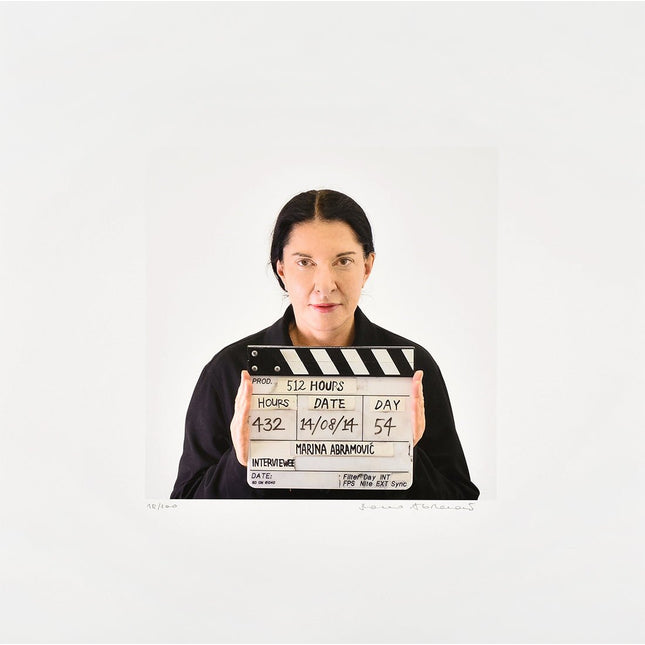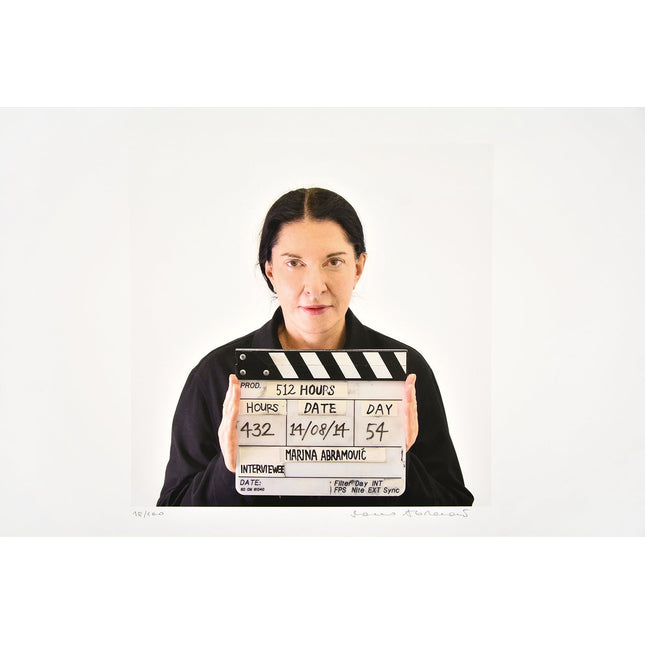Marina Abramovic was born on November 30, 1946 in Belgrade, Yugoslavia (now Serbia). From an early age, she showed a passionate interest in art, influenced by her parents, who were Yugoslav patriots and active in the Communist Party. Her mother, Danica Rosić, was a former anti-fascist fighter, and her father, Vojin Abramović, was a war hero.
Despite the political challenges and tensions in her environment, Abramovic found refuge in art and decided to pursue a creative career. In 1965, she enrolled at the Academy of Fine Arts in Belgrade, where she studied painting. However, her focus would radically change when she discovered the expressive potential of the human body as an artistic medium.
After completing her formal education, Abramovic embarked on a journey of artistic self-discovery that led her to explore new forms of expression. Her work evolved into performance, a medium that allowed her to transcend the conventional limitations of visual art.
In the 1970s, Marina Abramovic met Ulay (Frank Uwe Laysiepen), a German artist who would become her collaborator and partner for more than a decade. Together, they created innovative works that challenged traditional notions of the relationship between artist and audience. Their famous performance series, titled "Imponderabilia" (1977), consisted of standing naked in a narrow doorway, demanding that visitors choose to pass between them, exploring physical and emotional interaction.
As Abramovic refined her approach to performance, she developed a particular interest in the relationship between time and artistic experience. Her work often involves extreme durations, challenging the physical and mental endurance of performers and audience alike.
As her collaboration with Ulay came to an end, Abramovic decided to close that chapter with a symbolic performance. In 1988, they staged "The Lovers: The Great Wall Walk". During this 90-day performance, she and Ulay began walking from opposite ends of the Great Wall of China until they met in the middle. This act symbolized not only a physical union, but also a connection between two people and two cultures separated by a monumental distance. After embracing for the last time, each went their own way.
This break was painful but pivotal to Abramovic's artistic and personal development. After the split, she continued to explore new forms of expression, cementing her position as one of the most prominent figures in performance art.
In 2010, the Museum of Modern Art (MoMA) in New York hosted a retrospective of Marina Abramovic's work, which included a monumental performance entitled "The Artist is Present." For 75 days, Abramovic sat silently in a chair while museum visitors had the opportunity to sit in front of her. This work explored the direct connection between artist and viewer, challenging the perception of time and intimacy in contemporary art.
The performance received unprecedented attention and attracted crowds who waited for hours to have a moment with the artist. The experience was moving and emotional, becoming a milestone in Abramovic's career and cementing her place in the history of contemporary art.
Throughout her career, Abramovic has explored themes of spirituality, consciousness and authenticity. Her interest in meditation and Eastern spirituality led her to participate in silent retreats and study contemplative practices. These experiences influenced her work, leading her to create performances that challenge conventional perceptions of the body and mind.
Marina Abramovic's work has left an indelible mark on the contemporary art world. Her fearless approach and willingness to explore the limits of artistic expression have inspired generations of artists to question established conventions. Abramovic has received numerous awards and honors over the years, including the Golden Lion for Best Artist at the Venice Biennale in 1997.
Despite the criticism and controversy she has faced throughout her career, Marina Abramovic remains an influential and provocative figure in the art world. Her ability to fuse performance with spirituality and personal exploration has pushed the boundaries of contemporary art, leaving a lasting legacy that will continue to inspire future generations.


